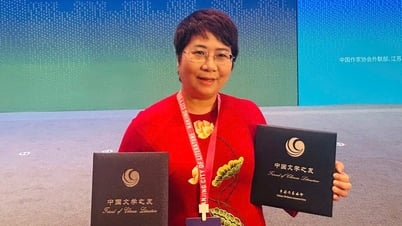According to UNIDO (United Nations Industrial Development Organization): imagine if women played the same role as men in the workforce, annual global GDP could increase by up to $28 trillion, or 26%, by 2025. Given that an estimated $5-7 trillion in investment is needed to address the critical challenges outlined in the UN Sustainable Development Goals, gender-based investing is the best solution we have.
Gender-sensitive investing (also known as Gender-Smart Investing or Gender Finance) is investing based on the understanding that gender is an important factor in financial, business, and social outcomes. The term was coined around 2009 and became increasingly popular in the mid-2010s as part of efforts to reduce gender inequality.
Gender-focused investing can include funding women-owned businesses, businesses with a track record of hiring women, or companies that improve the lives of women and girls with their products and services. Sarah Kaplan and Jackie VanderBurg of US Trust wrote about this practice that “Women starting and expanding businesses worldwide are estimated to have a collective credit gap of $320 billion (the gap between the capital they seek and the credit they can access), which creates a huge opportunity for investors.”
The practice of using investment to promote gender equality dates back to the 1970s, with the creation of initiatives such as the World Banking on Women and Muhammad Yunus' Grameen Bank, which provided small loans to mostly women business owners in the Global South to facilitate their economic empowerment.
Gender-lens investing emerged as a more clearly defined field in the 2000s and 2010s, when a group of investors and industry builders—including Joy Anderson of the Criterion Institute, Suzanne Biegel of Women Effect and later GenderSmart, and Jackie VanderBrug, co-author of Gender-Lens Investing: Uncovering Opportunities for Growth, Returns, and Impact—began collaborating to increase the proportion of capital invested in and driven by women founders. Early examples of gender-lens investing in mainstream finance include the Valeurs Feminines fund in France, which was founded in 2005 by French money manager Conseil Plus Gestion to invest in European businesses owned and led by women.

As of June 2023, the size of the private market for gender lens investing is estimated at US$7.9 billion. Total assets under management of publicly traded gender lens equity funds are estimated at US$4.27 billion, with 44 equity funds specifically focused on gender lens investing available for public investment.
While there is a growing number of gender-focused investors in Asia, the Middle East and North Africa, and Latin America, firms investing in gender balance are still predominantly based in North America and Europe. As of 2024, 47% of gender-focused investors will be headquartered in the United States and Canada, and 27% will be based in Western, Northern, and Southern Europe.
Profit
Advocates of gender-focused investing argue that companies with a higher-than-average proportion of women in executive roles tend to do well, either because of diversity of perspectives or because not discriminating against women allows companies to recruit the best talent available. A 2024 survey of gender-focused investors by the Global Impact Investing Network found that 77% of gender-focused investments largely met their financial expectations, 13% exceeded expectations, and 8% underperformed.
A review commissioned by the UK Treasury has found that supporting female entrepreneurs could generate up to £250bn for the UK economy. The report also found that women-led businesses are less likely to have a turnover of more than £1bn. Supporting female entrepreneurs would help close this gap.
Source: https://phunuvietnam.vn/dau-tu-theo-lang-kinh-gioi-len-ngoi-2025072221155295.htm






































































































Comment (0)